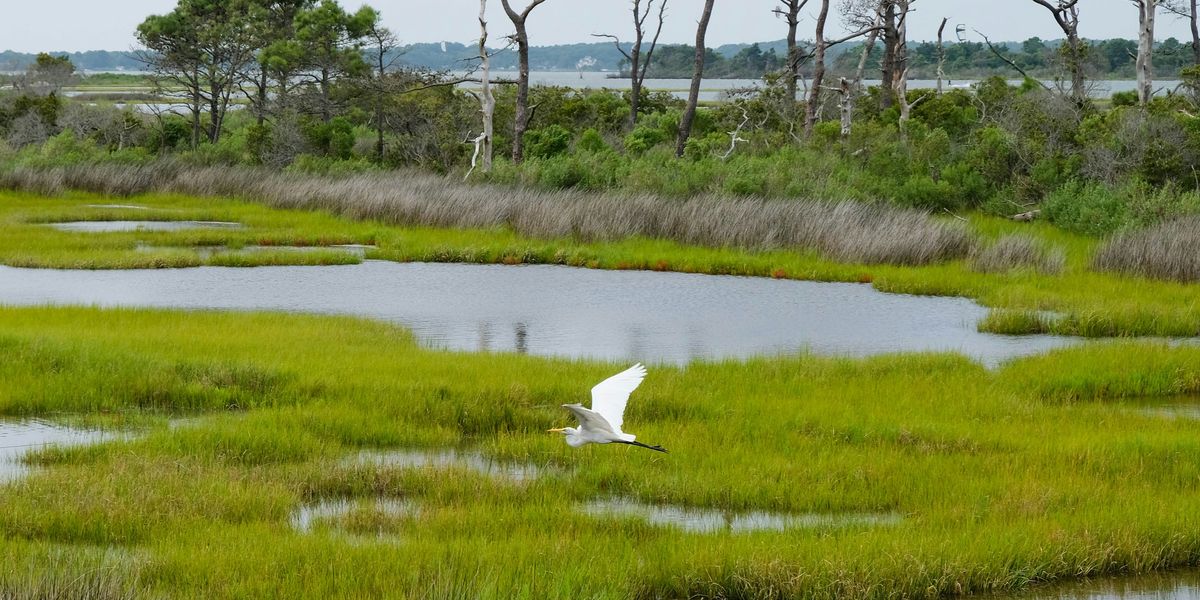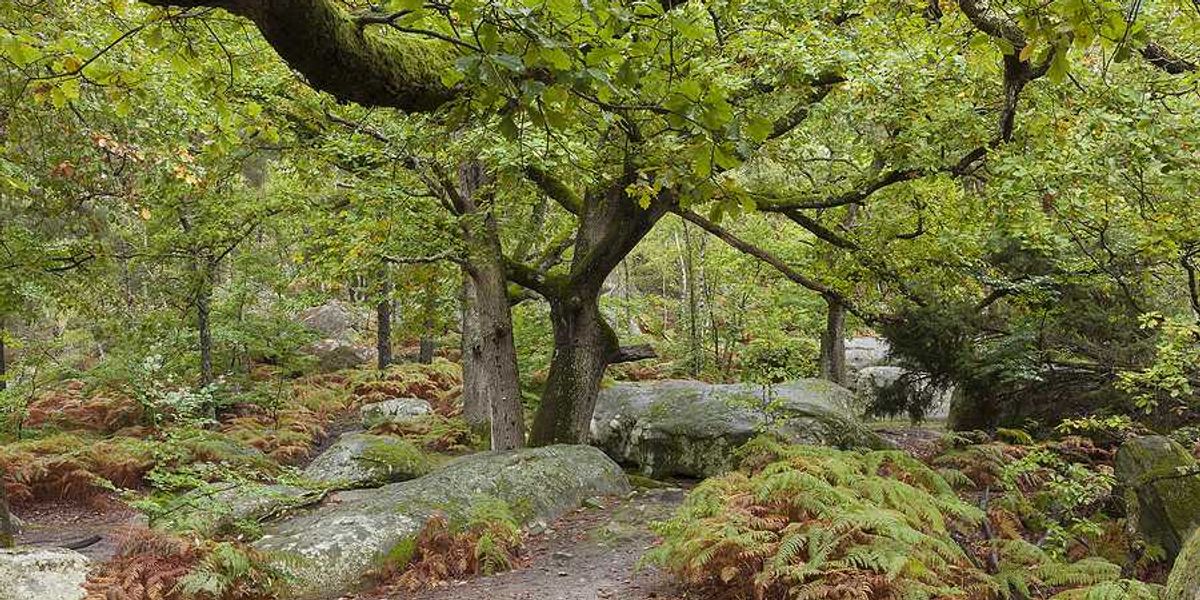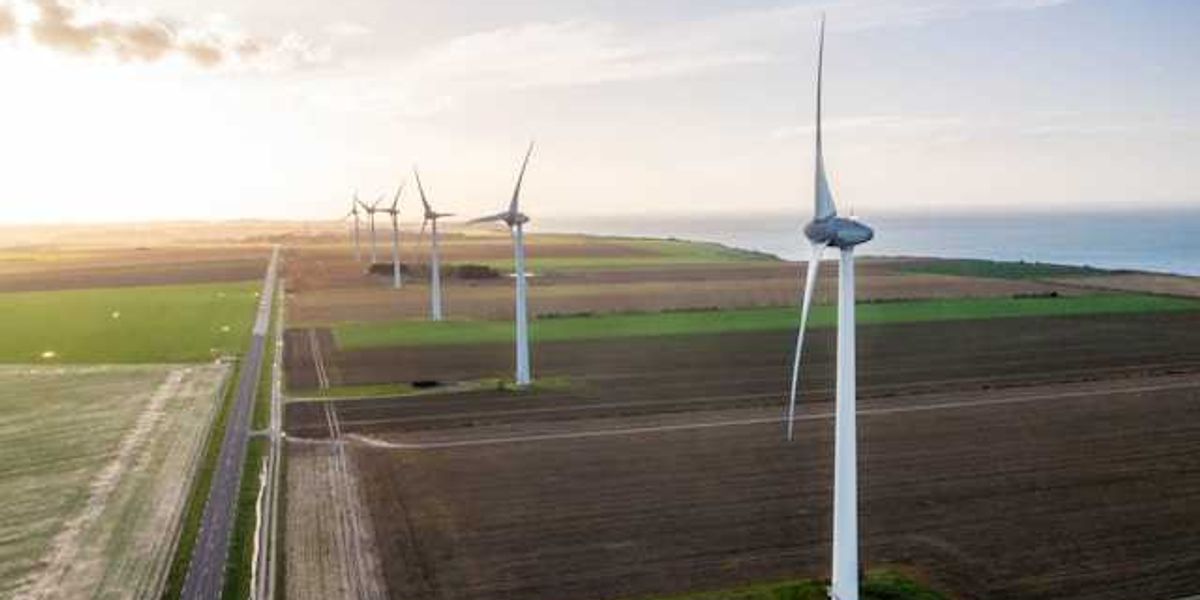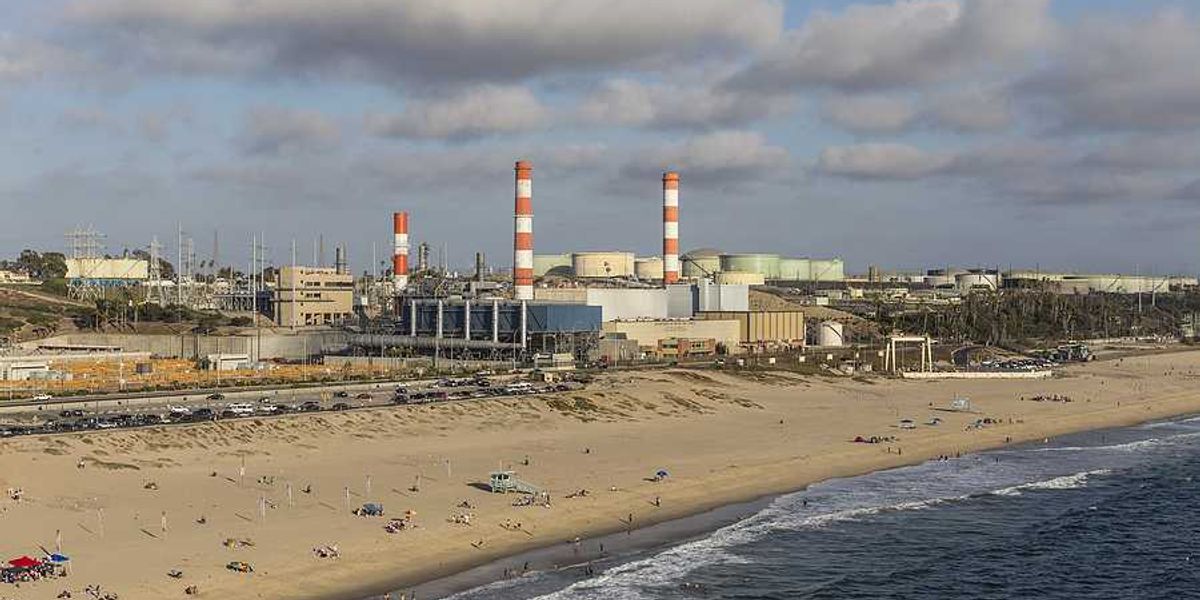
Wetland treaty talks falter as U.S. and Russia exit global conservation efforts
Delegates from more than 170 nations met in Zimbabwe to address the rapid loss of wetlands, but the absence of the United States and Russia’s withdrawal cast doubt on future cooperation.
Katie Surma reports for Inside Climate News.
In short:
- Wetlands have shrunk by more than 35% since 1970, disappearing three times faster than forests and threatening water security and climate stability.
- Russia announced it would leave the Ramsar Convention after disputes over monitoring Ukrainian wetlands damaged by war; the U.S. skipped the talks for the first time.
- Disagreements over funding and strategy stalled efforts to expand conservation, with developing nations calling for more resources from wealthier countries.
Key quote:
“It is sad for the future of the planet and the next generation.”
— Line Rochefort, professor at Université Laval and director of the Peatland Ecology Research Group
Why this matters:
Wetlands act as the planet’s kidneys, filtering water, storing carbon and buffering against floods and droughts. Their destruction not only drives species loss but also worsens climate change, since peatlands alone hold more carbon than all forests combined. The retreat of major powers from conservation agreements leaves frontline nations — often the least responsible for emissions — struggling to protect ecosystems vital to global food and water supplies. As wetlands vanish, downstream communities face rising costs: Fisheries collapse, farms lose irrigation, and storms hit harder. These shifts are already unfolding in Africa and Latin America, regions bearing the brunt of extreme weather fueled by warming temperatures.
Related: We’re losing wetlands fast—and the global cost is staggering













